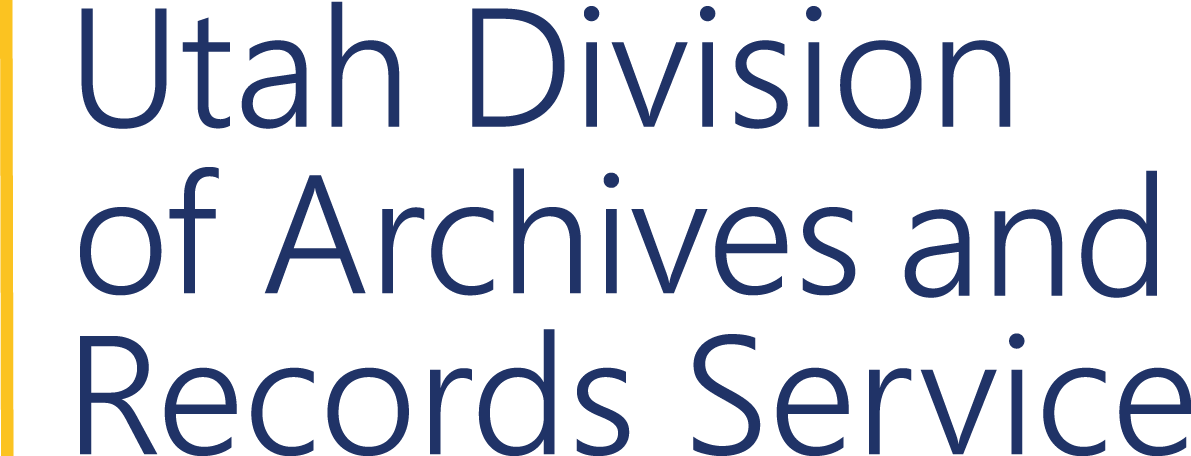The Colorado River Storage Project Act
With a compact among the Upper Basin states in place, a plan begin to take shape that would coordinate and guide development in Colorado, New Mexico, Utah, and Wyoming. Over the course of eight years, planning and negotiations took place that finally culminated with passage of the Colorado River Storage Project Act (CRSPA) of 1956.
The provisions of this plan were broad and complex. At its heart the CRSPA sought to set in motion the construction of major water storage projects in the Upper Basin, as well as devise the means for transporting water across vast areas for the benefit of municipalities in the Colorado River Basin. CRSPA also marked a moment of important transition for the Bureau of Reclamation, and how it approached dam construction in the arid west. Prior development in the Lower Basin was done for the primary purpose of impounding a water supply that could be used for irrigation. Hoover Dam allowed for the generation of electrical power, but power generated by the dam was sold to growing populations in Los Angeles and Las Vegas, with the cash generated from that sale being used to pay off the original construction costs for the dam.
With CRSPA, a new model employed by the Bureau of Reclamation in its dam construction and management. Under this new method, the preeminent use of impounded water in the Upper Basin was no longer for irrigation, but rather for hydroelectric power generation that could be sold cheaply to the public. Revenues generated by these “cash register” dams were then used to subsidize farmers in the Upper Basin who, due to environmental constraints inherent to the Intermountain West, were generally unable to grow the wide variety of agricultural commodities routinely produced by their counterparts in the Lower Basin. This thorny issue of balancing a public utility produced by a government agency against the interests of private public utility companies became one of extreme importance to the administration of Utah Governor George D. Clyde in the early 1960’s.
In the ensuing decades after the passage of the CRSPA, its ambitious goals began to take tangible shape on the western landscape. One of its faces became the dams associated with the Curecanti Project in Colorado. Another was the Navajo Dam constructed in northwestern New Mexico. Along the Utah and Wyoming border CRSPA took shape in the form of the Flaming Gorge Dam. And, perhaps most famously, CRSPA led directly to the controversial construction of the Glen Canyon Dam along the Utah and Arizona border. NextPage Last Updated September 12, 2022.
